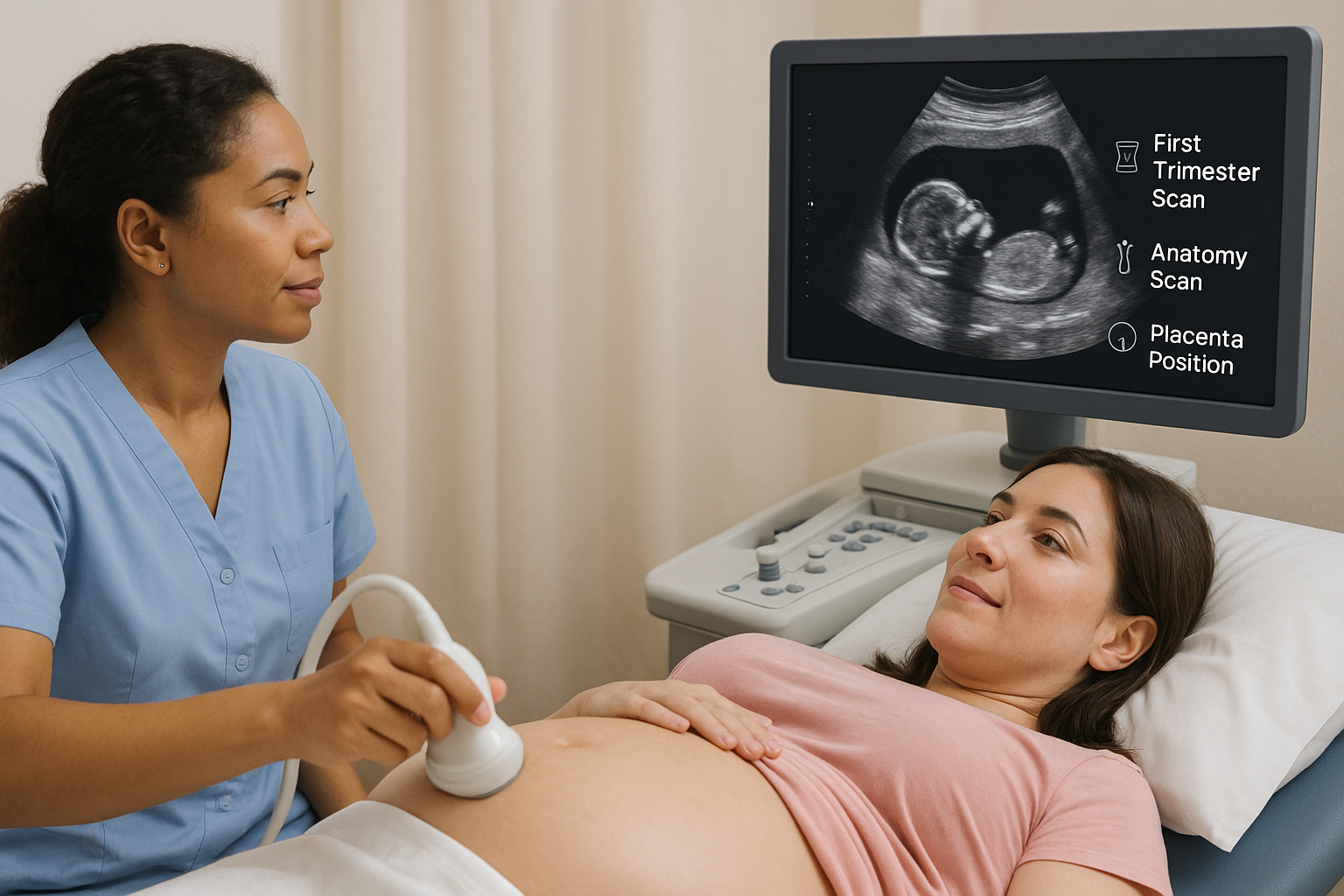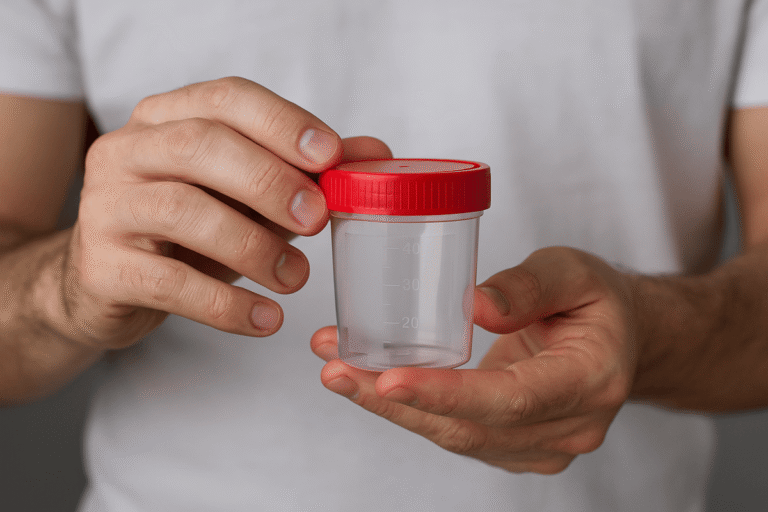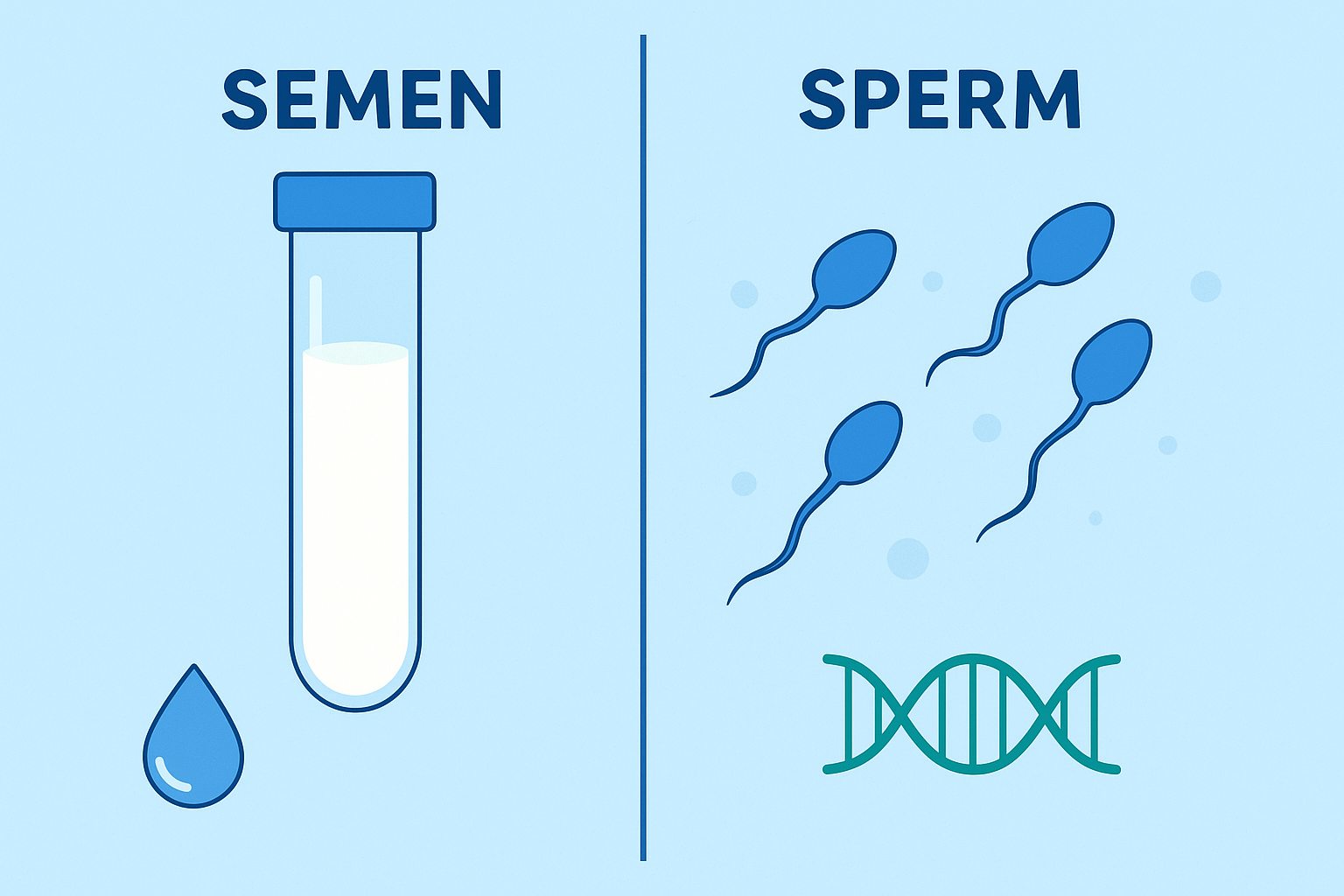Pregnancy is filled with magical moments: the first flutter of movement, hearing the baby’s heartbeat, and of course, that incredible first glimpse during an ultrasound. These scans are more than just an exciting milestone. They are a vital part of your prenatal care, providing key information about your baby’s development, your own health, and any potential complications that could arise. But how many ultrasounds are actually necessary during pregnancy?
Is one enough? Or should you expect several throughout the nine months? The answer isn’t the same for everyone. While some people may go through pregnancy with just one or two scans, others might need more frequent monitoring based on their health or risk factors.
Let’s take a closer look at what ultrasounds are, how they work, and when they’re usually performed. We’ll also explore why some pregnancies require additional scans and what those extra ultrasounds might reveal about your baby’s well-being.
Also read: Can You Balance FSH Naturally? 7 Proven Remedies Backed by Science
Understanding What an Ultrasound Does
An ultrasound is a medical imaging technique that employs high-frequency sound waves to generate real-time images of the body’s interior. In pregnancy, this means your doctor or sonographer can actually see your baby as they grow inside the uterus. One of the biggest benefits of ultrasound is that it’s completely safe. There’s no radiation involved, which means no risk to you or your baby.
During a standard transabdominal ultrasound, a technician will apply a small amount of gel to your belly and gently move a handheld probe (called a transducer) across the surface. The sound waves bounce off your internal organs and the baby, creating an image that’s visible on a monitor. Sometimes, especially early in pregnancy, a transvaginal ultrasound might be used instead. In this case, a slender probe is inserted into the vagina for a clearer view of the uterus and developing embryo. It might sound intimidating, but the procedure is typically painless and over within a few minutes.
The Typical Number of Ultrasounds in a Healthy Pregnancy
In a healthy, low-risk pregnancy, most people will have at least one or two ultrasounds. Every pregnant individual should have at least one ultrasound between 18 and 22 weeks of gestation, according to ACOG. This is known as the anatomy scan or the anomaly scan, and it provides a comprehensive look at how your baby is developing.
However, this general rule doesn’t apply to every pregnancy. Some individuals may need additional ultrasounds depending on their medical history, symptoms, or any complications that arise along the way.
First Trimester Ultrasound: Dating the Pregnancy and Confirming Viability
The first ultrasound often takes place between 10 and 14 weeks of pregnancy. The technician will measure something called the crown-rump length, which is the distance from the top of the head to the bottom of the baby’s torso. This gives a more accurate idea of gestational age than calculating from your last menstrual period alone.
This early scan is also used to confirm that the pregnancy is viable and located in the uterus. In rare cases, a pregnancy can implant outside the uterus, such as in the fallopian tube. This is known as an ectopic pregnancy, and it can quickly become dangerous if not treated. The first scan can also tell you whether you’re expecting one baby or more, which is crucial information for planning your care.
Also read: The Truth About Male Multivitamins and Sperm Quality
Second Trimester Ultrasound: The Detailed Anatomy Scan
Between 18 and 22 weeks, you’ll most likely have your second and most comprehensive ultrasound. This is the one many parents look forward to, especially if they want to find out the baby’s sex. But the real purpose of this scan goes far beyond gender.
This is the anatomy scan, where the sonographer or obstetrician takes a close look at the baby’s organs and overall structure. They’ll examine the brain, skull, spine, heart, lungs, stomach, kidneys, liver, bladder, limbs, and facial features. Each of these areas can reveal clues about your baby’s health. For example, irregularities in the brain or skull may suggest chromosomal conditions like trisomy 13, 18, or 21. Facial anomalies such as cleft lip or palate can also be detected, and early identification means families and doctors can start planning for care or surgical treatment after birth.
The scan also assesses the placement of the placenta, the amount of amniotic fluid, and your baby’s estimated size and weight. If any issues are found, like a low-lying placenta or irregular heart chamber, your doctor may suggest follow-up scans later in the pregnancy.
Additional Ultrasounds: Why Some Pregnancies Require More
Not every pregnancy follows a textbook path. In many cases, your healthcare provider might suggest additional ultrasounds to keep a closer eye on things.
Conditions such as preeclampsia, gestational diabetes, or intrauterine growth restriction (IUGR) can affect how well the baby is growing. If your doctor suspects any issues with growth or development, you might have ultrasounds as often as every two weeks—or even weekly, in the final months of pregnancy.
One common reason for extra scans is a low-lying placenta discovered during the anatomy scan. Normally, the placenta migrates upward as the uterus expands, but if it remains too close to the cervix, it’s known as placenta previa. This condition can lead to bleeding and may require a cesarean delivery. Ultrasounds in the third trimester help monitor whether the placenta moves into a safer position or remains a concern.
Additional scans may also be necessary if there are signs of reduced fetal movement, bleeding, or suspected complications such as fetal anomalies. In some cases, 3D or 4D ultrasounds may be used to gain more detailed imagery, although these are generally reserved for specific diagnostic purposes or are done electively for parental bonding.
Also read: Preeclampsia 101: Survival Guide and Expert Tips for Parents
What Do Ultrasound Results Actually Reveal?
Ultrasounds are a powerful diagnostic tool that can reveal a surprising amount about your baby’s health and development. During the anatomy scan, for instance, the sonographer will assess the baby’s head and brain, looking for signs of conditions that affect skull shape or brain growth. They’ll also examine the facial structure to detect cleft lip or neck masses.
The heart gets particular attention, technicians will check for proper formation of all four chambers, assess blood flow, and ensure the heart is beating at a healthy rate. This can help diagnose structural abnormalities such as ventricular septal defects.
Moving down the body, the scan includes the chest, abdomen, kidneys, bladder, and intestines. Your baby’s spine and limbs will also be reviewed to ensure proper formation. If anything appears unusual, further testing, such as genetic screening or follow-up imaging—may be recommended.
Are There Any Risks Involved with Ultrasound Scans?
Here’s the good news: there are no known risks to you or your baby when it comes to medical ultrasounds. The procedure is safe, painless, and has been used for decades in obstetrics without evidence of harm. However, most doctors agree that ultrasounds should only be performed when medically necessary. That means it’s best to avoid unnecessary “keepsake” scans done solely for entertainment or photos, especially from unlicensed facilities.
Final Thoughts: One Size Doesn’t Fit All
Ultimately, how many ultrasounds you’ll need during pregnancy depends on your unique circumstances. If everything goes smoothly, you may only need two, one in the first trimester and a second in the middle of your pregnancy. If you have risk factors, extra scans can help ensure the health and safety of you and your baby.
What matters most is that your care plan is personalized to you. Collaborate with your obstetrician or midwife for the appropriate timing and number of scans.. Ultrasounds offer emotional reassurance and vital medical information about your developing baby.




